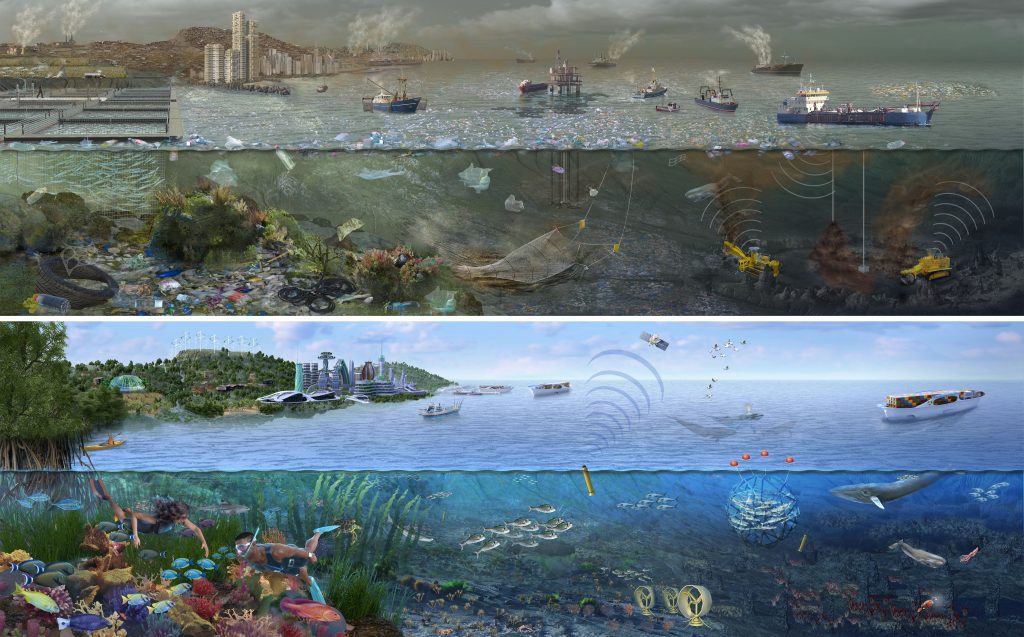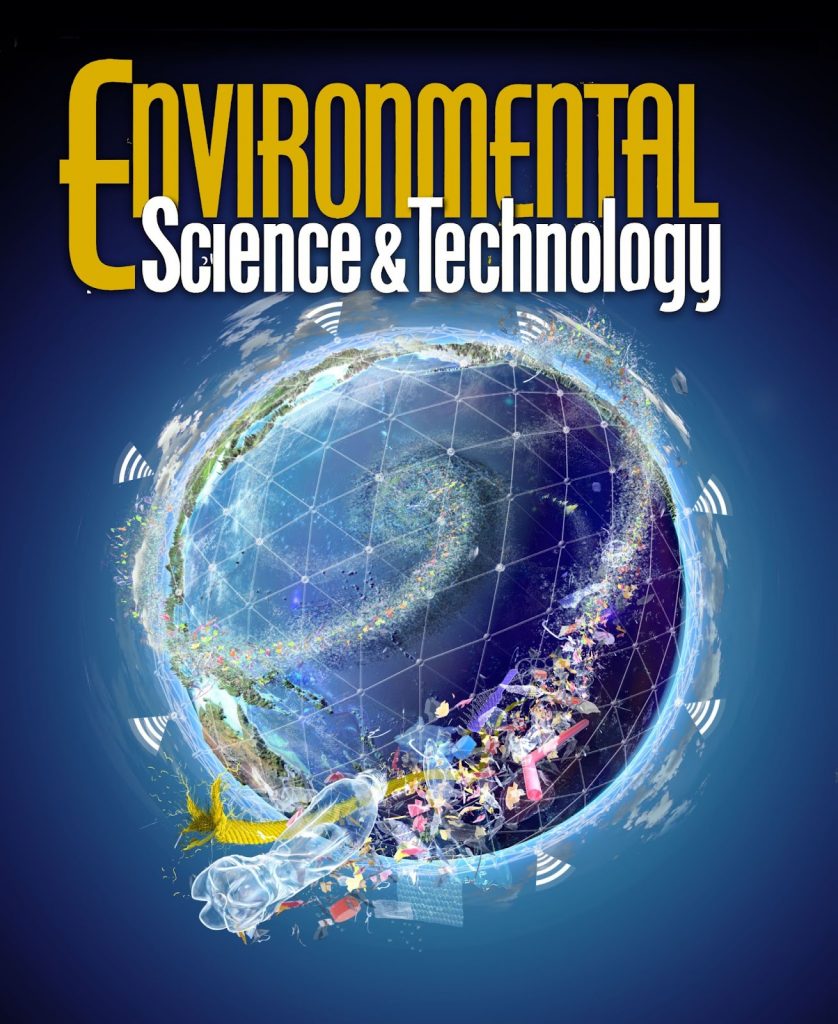Visually Communicating the Plastic Pollution Problem
 How do we reduce plastic? I’ve been thinking about it a lot; how my own personal choices intersect with the illustrations I’ve created for leading ecologists studying plastics in our environment. In our illustrated review of plastic pollution, I share what leading scientists are doing to combat the problem, with some thoughts on how all of us can try to help.
How do we reduce plastic? I’ve been thinking about it a lot; how my own personal choices intersect with the illustrations I’ve created for leading ecologists studying plastics in our environment. In our illustrated review of plastic pollution, I share what leading scientists are doing to combat the problem, with some thoughts on how all of us can try to help.
Yesterday my kid asked me for a straw. Not to drink with, but to use for their balloon-powered car STEM craft. After scrounging in drawers and bins, I handed them one of the steel straws that has sat there unused for years. After the metal straw’s weight collapsed the cardboard wheels, I renewed my efforts and managed to find an old bag of the elusive plastic tubes hiding beneath our beeswax cloth wrap and silicone bags.
Why Stress Over Straws?

The balloon-cardboard car worked, and I had a happy kid. But… it gave me pause. Really, what difference can straws make? Are my efforts making a difference? We’re surrounded by plastic. We wear ‘high-tech’ wicking clothing that releases microparticles in the wash (NY Times article on microplastics from clothing). Even though we try, so much of our food is swathed in bundles of plastic. It just feels… daunting.
But then I think about the consequences, and even if what we’re doing isn’t enough, trying has to be better than giving up.
Plastic Pollution Data Visualization
Like many modern problems, it’s easy to think that the fault lies with someone else. Looking at recent data of global pollution patterns, we see that the most plastic pollution comes from India, China and Southeast Asia. When we fall into that trap, it can be all too easy to not take responsibility. If we look at plastic generation per person, the United States far outpaces other countries. (please note, the time difference between global waste and per person is 10 years).



Drawing for Scientists Searching for Solutions to Plastic Pollution
For several years, I’ve had the opportunity to work with scientists who study the plastic problem. They’re searching for large-scale societal solutions. Michael Bank, for whom we created an Environmental Science & Technology journal cover art on global plastic pollution, studies microplastics’ impacts across ecosystems. He’s proposed a worldwide sensor monitoring system to better gauge and track where pollution comes from. Hopefully, this will help stop the pollution at its source.
Another leading ocean ecologist, Dr. Douglas McCauley, is doing just that— figuring out how to stop plastics at their source (or at least closer to it). He and the Benioff Institute are studying river clean-up technology to stop pollution before it enters our oceans. Read more about their our work with them in this illutsrated case study about the Ocean Futures epic visual.

I’m so honored to help these ecologists communicate their science. For them, and for my kids who are growing up in this world, I’ll keep doing what I can. To start, I ask you all to do the same. Think about how you can make small changes in your daily lives. Here in our house we’ll keep using reusable water bottles and bags and try to reduce the food we buy in plastic (argh, but chips!?). Here is a great resource to get started on reducing your plastic use, and here are some great tips on what and how you can recycle. Thank you for reading our illustrated review of plastic pollution!
We’re so glad you’re here! Please join the conversation by leaving a comment, and signing up for our newsletter:

